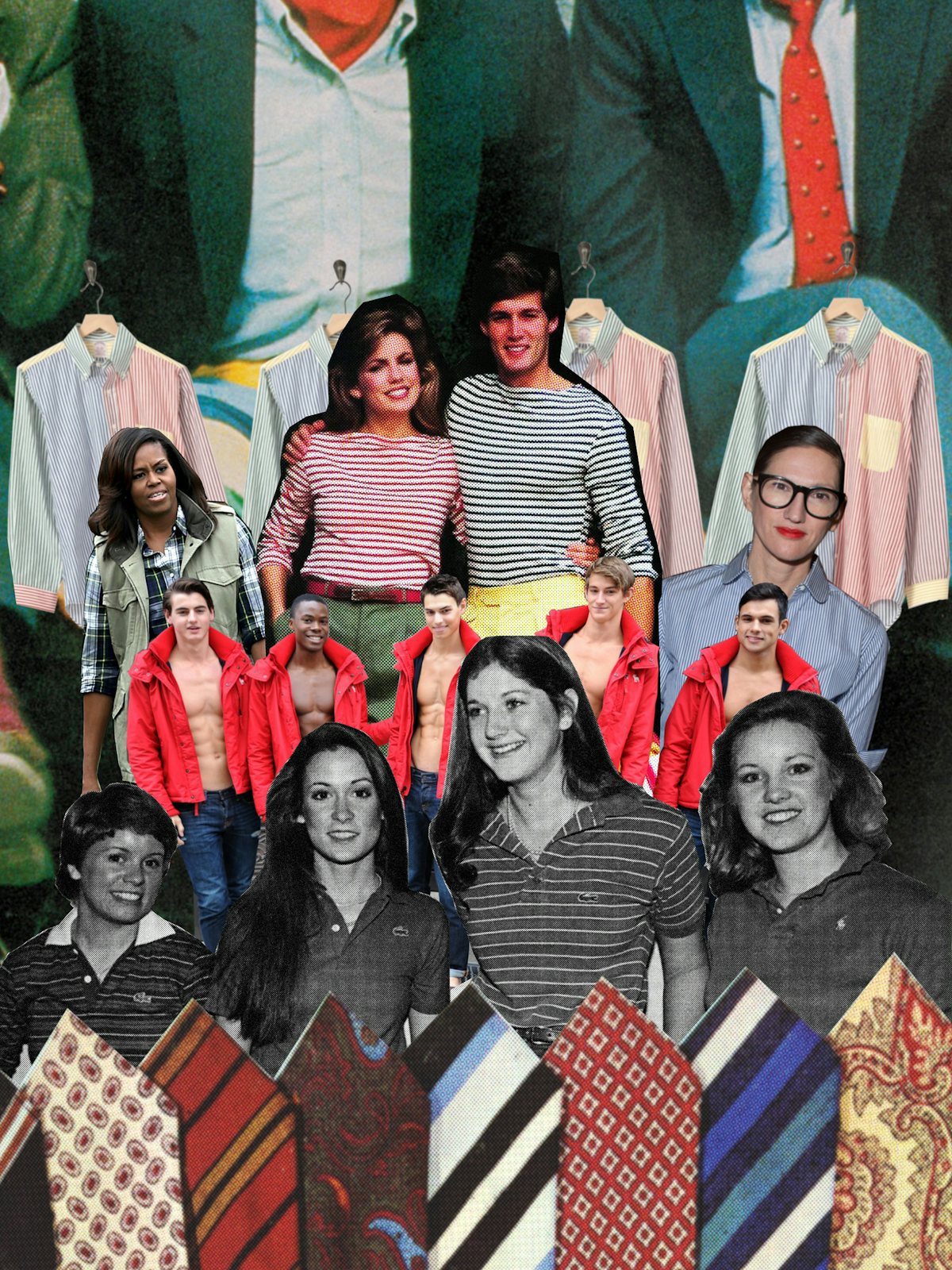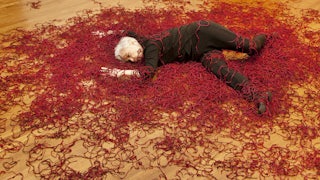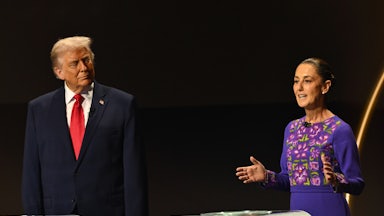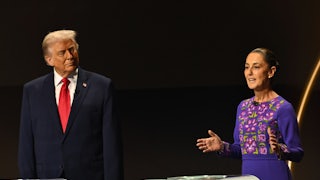On a recent Tuesday afternoon, a student of mine wore an attention-grabbing baseball cap to class. The brim was frayed and worn, and the word COCKS was stitched in block letters across the front. I recognized it immediately. This exact cap had been popular 30 years earlier when I was in high school. COCKS is the unsubtle phallic short name for the University of South Carolina’s football team, the Gamecocks. But in the 1990s, boys a thousand miles away in suburban Boston wore it with their Patagonia fleeces and plaid flannels, signaling a macho insouciance that unsubtly bumped up against new “P.C.” norms in liberal communities like ours. I hadn’t seen the cap since. “So vintage, so preppy, right?” a classmate with purple hair and a pierced septum affirmed.
So preppy indeed. Preppy style, or “prep,” was once the domain of affluent, white students, whose natural habitats were the leafy campuses of East Coast private schools until they ascended to the wood-paneled libraries and boathouses of Ivy League universities. Adulthood didn’t mean aging out of preppiness, but switching between the bespoke blazers and Oxford shirts appropriate for careers in finance and law and the faded khakis and polo shirts suited to a weekend in Nantucket or Newport. For women, prep was cable-knit sweaters, rugby shirts, and sail-inspired anoraks. This apparently effortless style was the subject of diligent exposition, most famously in Lisa Birnbach’s surprise 1980 bestseller, The Official Preppy Handbook, but also in the catalogs that diffused the look and instructed in its attendant lifestyle in the 1980s and ’90s. Why in 2023, on a liberal arts campus in Greenwich Village, was it back?
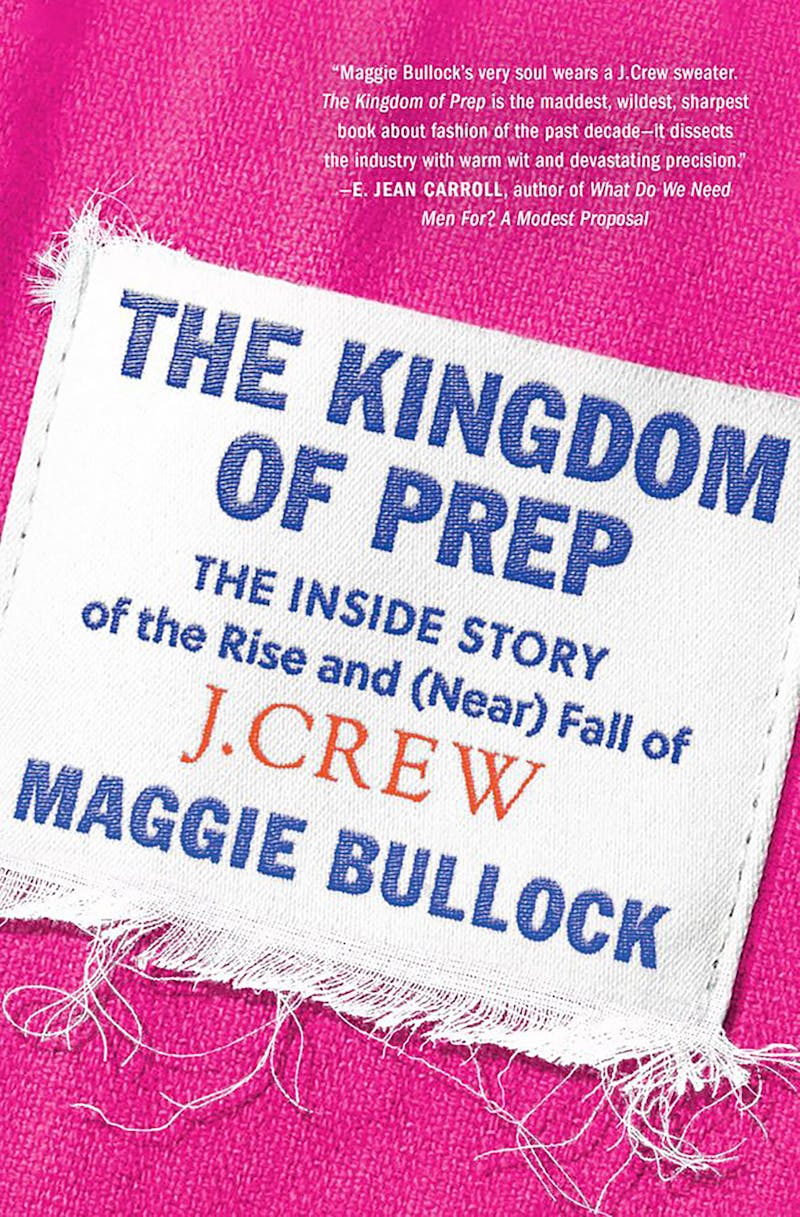
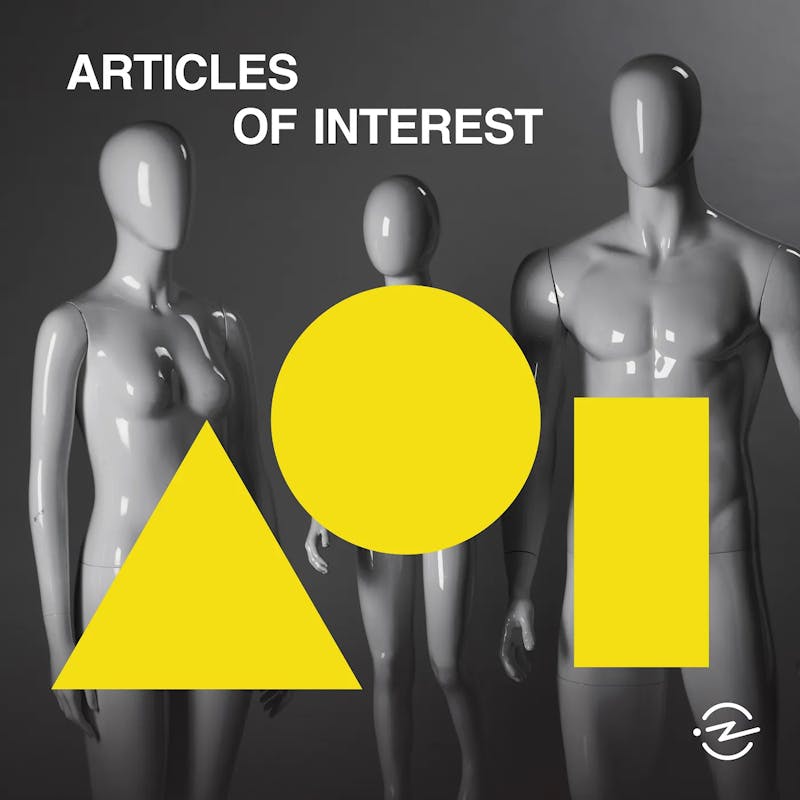
Prep, Avery Trufelman observes in her seven-part podcast American Ivy, has become so ubiquitous that some of its central features no longer read as preppy at all. The khakis and Oxford shirts that once screamed country club are now considered everyday “classics” or “basics.” When Michelle Obama was first lady, she regularly wore J. Crew to signal how ordinary and approachable her family was—a sharp contrast with the equally preppy looks President John F. Kennedy’s family often sported, which five decades earlier signified their belonging in American elite. Indeed, the embrace of prep by both the first Roman Catholic and Black first families reveals a powerful theme in the history of prep: not just the persistence of a WASP style, but its appropriation by diverse swaths of Americans.
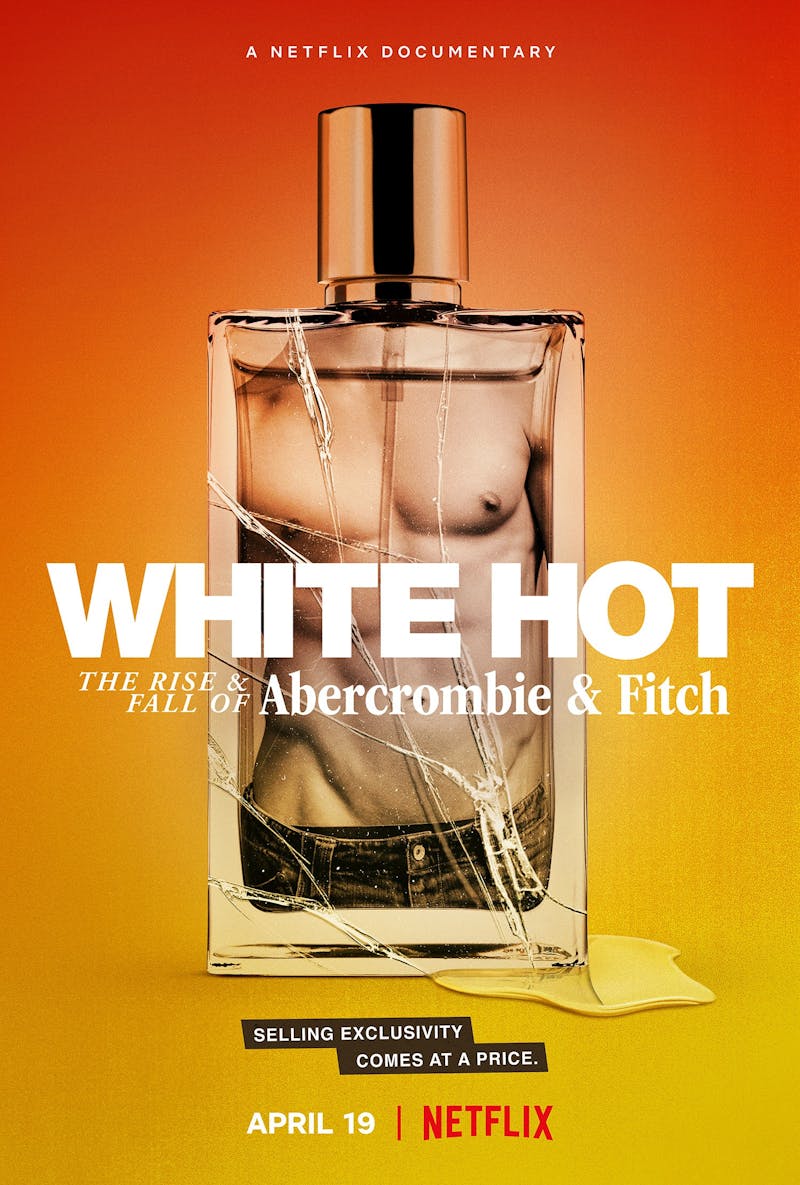
American Ivy is one of a recent spate of works, as sumptuous as a stack of cable-knit crewnecks, that trace the rise of prep, and attempt to make sense of the shifting aspirations that it has embodied in the past century or so. Like American Ivy, Maggie Bullock’s book The Kingdom of Prep: The Inside Story of the Rise and (Near) Fall of J.Crew reveals the ways in which an unlikely range of figures has tried to expand the meaning of prep, in line with the whitening of American Jews, the growing presence of women in the corporate workforce (including, more slowly, the C-suite), and the dizzying transformations wrought by the rise of online shopping and fast fashion. Meanwhile, the documentary White Hot: The Rise & Fall of Abercrombie & Fitch goes inside a 2004 discrimination lawsuit at one of the biggest purveyors of prep, examining a fight over who can lay claim to distressed Henley tees or tartan plaid. It poses most starkly a question that runs through all three works: Can a style apparently so steeped in elitism ever really serve as an equalizer—the ultimate neutral?
For all its appearance of casual refinement, “prep” comes from scrappy origins. As Trufelman recounts, its story in the United States begins after the War of 1812, when a surfeit of British fabric enabled the rise of ready-made clothing for men. Before then, people shopped for cloth rather than clothes, which they would sew into garments on their own or bring to a tailor. Ready-made clothes meant secondhand clothes, which were a mark of poverty. But when piles of fabric began to show up in New York City ports at a time when labor was in plentiful supply, a grocer named Henry Brooks took notice. Instead of hiring expensive male tailors, he hired women to sew standardized suit patterns cheaply and opened a shop on Catherine Street, where, all of a sudden, middle-class men could afford a smart suit.
His sons took the business to a new level, opening a four-story “mirrored palace” on Broadway in 1857 and standardizing sizes and prices, which they promptly shipped nationwide through a growing wholesale business. As American capitalism took shape and created a middle class, a Brooks Brothers suit—and its imitations—signified belonging therein. It was the ideal uniform for a new republic: accessible, respectable, and almost deliberately conformist.
Though Brooks Brothers did sell apparel to Ivy League men, it was a Jewish clothier, Latvian immigrant Jacobi Press, who sensed the opportunity to market a distinct collegiate style, on campus and beyond. With the fastidiousness of an outsider and an obsessive eye for detail—the placement of a hook vent, the stitch of a lapel seam—Press painstakingly crafted his own version of the Brooks look. He set up his J. Press shops in Ivy League towns, starting with New Haven in 1902. The J. Press catalog became almost an encyclopedia of Ivy style, illustrating its fundamentals and informing readers of small modifications from year to year. Campuses as far away as Stanford and the University of North Carolina at Chapel Hill developed their own variations on the look, driving demand for the “collegiate stores”—not all J. Press—in college towns and sections of department stores such as Sears.
The look was at this point known as Ivy style. (The term “preppy” only entered common parlance with the release of the 1970 film Love Story.) And it was not a canny designer, but federal education policy that fueled its next expansion: The 1944 G.I. Bill dramatically increased the number of college students and variegated their socioeconomic composition. These new, non-elite additions to campus adopted and adapted collegiate style, adding articles such as fatigues, which quickly became a prep staple: khakis. An older generation of Ivy Leaguers loved this new item that didn’t require ironing and could be found at the Army-Navy store for just $2.95. Jacobi Press’s grandson remembers that no-frills khakis, paired with a J. Press blue blazer, became a prep staple in this era—and still is. This influx of older, less affluent students was reworking campus style and transmitting it to a larger public than ever.
For Trufelman, clothes are always tangled in broader social struggles. In American Ivy, the Oxford shirt is a lens on both class and gender dynamics. As many colleges went co-ed, Brooks Brothers sold out of the smallest sizes of its pink button-down, and in 1949 issued a narrower model in its debut womenswear line. Collegiate women had long been borrowing from male classmates, often to express resistance to dress codes requiring skirts or dresses, a subversion that prefigured the pantsuits of the mature career woman. Life magazine reported that girls were taking “swipes from boys’ clothing,” but this shirt signaled the birth of a distinctly women’s prep style. The difference was not just in narrower cuts and a brighter palette, but that these sartorial choices announced ambition as much as affluence.
Who wears the pleated pants matters, a fact that is crystal clear in the Black freedom struggles of the 1960s. The college students who sat in at the Woolworth’s lunch counter in Greensboro, North Carolina, in 1960 wore blazers and collar shirts. Their clothes insisted that they deserved a seat at the table, both for a root beer float and racial justice. But these activists were not just appropriating elite white style; they also transformed it. Jason Jules, author of Black Ivy, talks with Trufelman about how Black activists adapted their dress for get-out-the-vote campaigns throughout the rural South. They knew that showing up on farms in loafers and chinos would sow distrust, so they combined these looks with jeans and even overalls. This more casual take on prep stuck—think of faded jeans or an Oxford shirt with rolled-up sleeves—and Ivy style continued its evolution.
Perhaps the most dramatic example of the cultural construction of prep is the central role of Japan in establishing this American phenomenon. In his youth in the 1930s, Kensuke Ishizu had chafed at the uniformity of student life in Japan, where students had to wear a dark, militaristic garment called a gakuran. He reportedly learned about Princeton and the Ivy League from an American lieutenant he met in a Chinese prison camp in World War II, and in 1959 he visited the storied campus, where he became enamored with a fashion that to him felt like individuality and effortlessness incarnate. Back in Japan, he revamped his own company, VAN Jacket, to market a version of prep to Japanese teenagers. It was an uphill battle: Skeptics saw the unconventional, bright garments as the uniform of delinquents and suspected that “ivy” was slang for “beggar.”
Six years after his first visit, Ishizu returned to the United States with a crew to document this sartorial scene, but was shocked to find that, even at Harvard, Ivy had mostly been overtaken by a counterculture. Prep was now antithetical to looking “cool,” a symbol of the fusty authority students were keen to reject. Amid a sea of bell-bottoms and beards, Ishizu’s crew had to search diligently for the students still wearing Bermuda shorts and loafers. The resulting book, Take Ivy, is a reference text still used by designers in the United States and worldwide to evoke American prep.
Ivy style sprawled worldwide largely due to Ishizu’s efforts, while in the United States enterprising retailers sold campus fashion as part of a broader lifestyle. In the 1970s, Trufelman explains, Ralph Lauren (born Lifshitz) successfully lobbied Bloomingdale’s to display his collection separately, rather than sprinkling his blazers and button-downs through their respective sections with other designers. In the Ralph Lauren area, customers were surrounded with stacks of brightly colored polo shirts, broad neckties, and natty blazers that evoked, but didn’t require, pedigree.
Lauren set the stage for the “specialty retail store” that would dominate American malls in the 1990s, and of which J. Crew is Exhibit A. In The Kingdom of Prep, Maggie Bullock chronicles the rise of a company that came to define this category, with its fresh flowers, stacks of cashmere in colors like deep persimmon and citron, and dressing room doors that opened with solid-brass knobs that early employee Arnie Cohen remembered “had to feel solid, sturdy. Cold to the hand.” The dark-paneled stores became the aesthetic centerpiece of a company so precisely defined that, in a branding exercise, an employee would come to liken it to “a torn loaf of fresh bread in a plain brown bag.”
J. Crew’s early years were not especially glamorous. Arthur Cinader was an ambitious businessman and autodidact who had made it from the Bronx to suburban New Jersey, dropping out of Yale along the way, and operating the “downmarket, family-run” mail-order business his father had founded, Popular Club Plan. When the catalog market exploded in the 1980s, thanks to widespread credit card use and the introduction of toll-free numbers, Cinader decided to retool. Witnessing L.L. Bean and Lands’ End selling New England style via catalog, he settled on apparel that evoked an affordable Ralph Lauren. There are competing stories about the origins of the company name, Bullock tells us, but the combination of a collegiate, rather than aristocratic, sport—crew, not polo—and an initial that had worked out for J. Press held unmistakable appeal.
The wealth that Popular Club Plan generated when Cinader was a young man had afforded his children a different upbringing than his own. His daughter Emily Scott, who went to boarding school and skied in Vail, showed particular talent for packaging her milieu’s aesthetic for a more elevated consumer than the Popular Club Plan clientele, who prized the installment payment plans as much as the product offerings. When Scott brought her marketing degree, brief modeling experience, and keen sense for what was “so J. Crew” to the company at the age of 21, she quickly rose through the ranks, and her father made clear that she would one day helm the brand. Scott refined preppy style, unapologetically making the J. Crew’s rugby shirts and roll-necks fashion, sourcing luxurious Italian cashmere and leather, and hiring top models. This chic minimalism appealed to women who graduated from college campuses to work in corporate towers and take vacations in the sorts of places J. Crew depicted in its catalog, and it reflected the cultural norms of a growing “yuppie” class.
Catalogs were always part of preppy aspiration, but J. Crew’s rose to new levels of prestige and popularity. The first issue, in 1983, reached 10,000 households, which “inundated” phone lines with orders. By the early 1990s, the 124-page book, which took 8,000 rolls of film per catalog to shoot, was mailed to three million households 14 times a year. The appeal was in more than just clothes: At James Madison University, Bullock reports, students awaited its arrival as they would the latest issue of a magazine, and invented soap-opera storylines about the chiseled characters featured in its pages. In 1989, Scott hired Therese Ryan Mahar from Ford Models as photo director, and the catalog began to include city streets among its scenes of weathered docks and bales of hay, and to intermingle Ivy archetypes with supermodels such as Linda Evangelista and Christy Turlington. J. Crew was making mail-order—and prep—glamorous and cosmopolitan. By 2005, the catalog reached 55 million households 20 times a year.
If Scott imbued prep with elite minimalism, it was another woman, a six-foot-tall Southern Californian Parsons graduate, Jenna Lyons, who made it the official wardrobe of both sophisticated urbanites and suburban moms. Lyons, for a time in the early 2000s, embodied an ideal mix of high and low: She had been ostracized as an awkward teen whose clothes rarely fit, but as an adult swanned on the red carpet at the Met Gala with Lena Dunham and Jenni Konner. In her tenure at J. Crew, beginning in 1990, she would mix up men’s button-downs, open to the sternum, with cream jeans; neon T-shirts with designer skirts; armfuls of clattering bangles; and Manolo Blahnik heels that made her stand at six-foot-five. Such bold combinations of textiles and textures imbued prep with new whimsy and made Lyons a style icon, her colorful “Jenna’s Picks” featured in each catalog. A new raft of glossy magazines like Lucky and InStyle, which imparted accessible taste tips for discerning shoppers, rather than glimpses into the elusive world of high fashion, telegraphed this aesthetic in general, and featured Lyons in particular: a perfect proposition for J. Crew’s new chapter.
Even as J. Crew’s catalog and storefront numbers grew in the 1990s, the Cinaders knew they could not keep pace with the breakneck expansion of mall competitors like the Limited and the Gap. In 1997, the family sold a majority stake of the company to Texas Pacific Group, private-equity investors who brought in retail impresario Mickey Drexler, who had been pushed out at Gap after expanding it into a mall fixture, as CEO in 2003. Drexler’s legacy might be best understood not only as rescuing J. Crew from its “near fall,” but as increasing its power to proselytize prep at both the lower and higher ends. He elevated Lyons to ever larger roles, empowering her to invest preppy staples with her unique chicness. At the same time, his experience launching Old Navy had proved how widespread was the taste for “classics,” and in 2006 he launched the Madewell brand, investing once-aristocratic prep with an industrial work wear aesthetic.
By 2017, when Drexler left, online shopping and fast fashion had undeniably transformed, if not eliminated, the consumer appetite that J. Crew had helped create and satisfied so well. The company entered another uncertain period—it declared bankruptcy amid the pandemic in 2020, but then reorganized later that year—and Bullock convincingly argues that while the brand would never recapture its glory, the company born in that unlikely Passaic, New Jersey, office building changed prep forever.
The J. Crew where I bought a fitted, pink-and-white rugby in 1994 in Chestnut Hill, Massachusetts, was one of the company’s first stores, and right across the escalators was Abercrombie & Fitch. If J. Crew was a Nantucket weekend, Abercrombie was Daytona spring break, its atmosphere somewhere between nightclub and country club. The windows were always covered, the air heavy with cologne, and huge photos of shirtless men and their sun-kissed female counterparts, reliably in unbuttoned jeans, stretched across the walls. Abercrombie stores were parodied on MADtv, with clueless frat boys lounging on stacks of cargo pants and flexing. It was here that a struggle over who could claim this latest iteration of Ivy became explicit, as employees sued the company for racial discrimination in 2003.
Founded in 1892 as an outdoors outfitter, selling fishing rods and hunting rifles, Abercrombie had long been a favorite of the leisured elite. As President Theodore Roosevelt celebrated “the strenuous life” for men increasingly likely to work in city offices, the store grew beyond its Manhattan flagship. At one point, it had an in-store shooting range; it outfitted Charles Lindbergh for his transatlantic flight.
By the 2000s, Abercrombie existed in “between sex, that Calvin Klein was selling, and all-American preppiness, that Ralph Lauren was selling,” Washington Post critic Robin Givhan tells director Alison Klayman in White Hot. Achieving that look meant painstakingly scouting college campuses for employees who looked “natural” and “all-American,” coded language that, recruiter Jose Sanchez says, wasn’t “not racist.” Carla Barrientos, an undergraduate at Cal State, Bakersfield, was among a small number of Black employees. Hired as a store associate in the early 2000s, she was quickly relegated to stocking and cleaning, out of sight of customers, and then was effectively fired by no longer being scheduled at all. Former employee Anthony Ocampo recalls being dismissed from another California store location, because, the manager told him, they already had another Filipino on staff. Blogger Phil Yu wrote about the racist “Wong Brothers Laundry Service” graphic tees Abercrombie sold, featuring slanty-eyed men in conical hats and the slogan “Two Wongs Can Make It White.”
Prep culture had for decades been the unofficial uniform of the ruling class who frequented the most elitist institutions, but Abercrombie leadership was unique in being so “unapologetic about it,” one former employee recounted, and “doubled down on being exclusionary.” The company ultimately settled in 2004 for $40 million, but admitted no wrongdoing. Indeed, two years later, then-CEO Mike Jeffries described Abercrombie’s customer as “the attractive, all-American kid with a great attitude and a lot of friends,” as opposed to the “not-so-cool kids,” comments that resurfaced when the company was under heat for not stocking sizes larger than a women’s 10. Over the next several years, the company faced three more suits, brought by Muslim women discriminated against for wearing hijabs; one made it to the Supreme Court, which decided against Abercrombie 8–1 in 2015.
One of the fascinating lessons from the White Hot saga is how vast a variety of people claimed prep for themselves, whether Abercrombie liked it or not. Barrientos, who was thrilled to be hired at Abercrombie, was a Black woman studying at a West Coast state school, a world away from the Ivy universe that had enchanted Ishizu more than half a century earlier. Ocampo, the Filipino employee fired because of his ethnicity, first encountered the brand in the dorms at Stanford, where his roommate plastered ads on their wall that first struck him as white. Yet the black-and-white spreads by fashion photographer Bruce Weber also functioned somewhat like mid-century physique magazines, nominally about bodybuilding (or shopping) but doubling as a medium for gay men to appreciate male bodies and connect with one another. It was “clear to anyone paying attention that there were many gay men involved in ALL of it,” journalist Benoit Denizet-Lewis tells Klayman. One designer recalls Jeffries crudely telling her he only wanted to sell “heterosexy.” In actuality, Abercrombie queered prep.
By the time of the first lawsuit, prep already belonged to its admirers. In the 1990s, prep was a mainstay of hip-hop culture, where the “clean” look that purveyors of prep had been selling for decades was reinvented as “fresh.” Snoop Dogg and Raekwon wore Tommy Hilfiger and Ralph Lauren, appropriating as street wear styles originally meant to evoke the decidedly nonurban environments of Ivy League campuses and country estates. As the internet democratized discourse of all sorts, consumers made new demands of the companies that once controlled the web. Bloggers like Yu and a crop of body-positive influencers called Abercrombie to task on its gatekeeping in a way previously impossible. Blogs like J. Crew Aficionada reported on style releases and fawned over new colorways, but also publicly demanded accountability for quality issues—which only multiplied as the brand struggled to keep pace with the pressures of fast fashion and its private-equity investors.
Ease no longer means old-school elitism. Ease can feel elusive to all, when anxiety is the national mood, a malaise common to the “worried well” and expanding precariat. It’s no coincidence that the latest look intended to convey ease—athleisure—is designed as much for sweating through a grueling workout as for liberating oneself from rigid, structured apparel. Meanwhile, the universities where prep was born are under such sustained attack that they will likely soon no longer be the site of culture-making, elite or otherwise, as they have been for decades.
Instead, the version of prep that persists is the democratized, constantly reinvigorated version that these three works trace. Always a multiracial, multiethnic project, prep has been shaped by striving women and queer people as much as by the insouciant WASP college men supposedly synonymous with the style. Troublingly, white nationalists in polos and khakis are perhaps the latest group to claim prep, clearly to blend in with people who would look askance at brown shirts and steel-toe boots. The style’s insistent spread beyond campus has spawned so many reinventions and remixes that it can be hard to pinpoint any longer exactly what qualifies as prep. If prep is everywhere, can we still recognize it as distinct?
On TikTok, where #preppy is a popular hashtag, the look has become untethered from campus, summoning a stream of looks barely recognizable as an “Ivy” offshoot: videos of Brazilian Bum Bum Cream, Lululemon crop tops, and Aviator Nation sweatsuits, nary a cable-knit in sight. “Yup, that’s preppy,” my 11-year-old daughter confirmed. Pressed to elaborate, she said, “Just … rich people stuff?” A friend of mine, a prep school grad herself, sees no disjunction in this turn; “preppy” is not how we defined it in the 1990s, but it is still what private school kids wear.
Back on the campus where I teach, which I had thought was anything but preppy, a student—who cited her bona fides as having attended the “preppiest prep school ever”—declared, “prep is about displaying wealth, not some specific ‘old money look.’” A classmate pointed to his rumpled button-down and chinos and protested, “I’m wearing J. Crew! Isn’t this preppy?” I hadn’t even realized, but my sheath dress was J. Crew, too. Prep is as present on our campus as piercings and political tees, from that vintage COCKS hat to ironic sorority sweatshirts, to the plain old khakis and collar shirts that by now are just clothes. Prep, as ever, is a work in progress.
